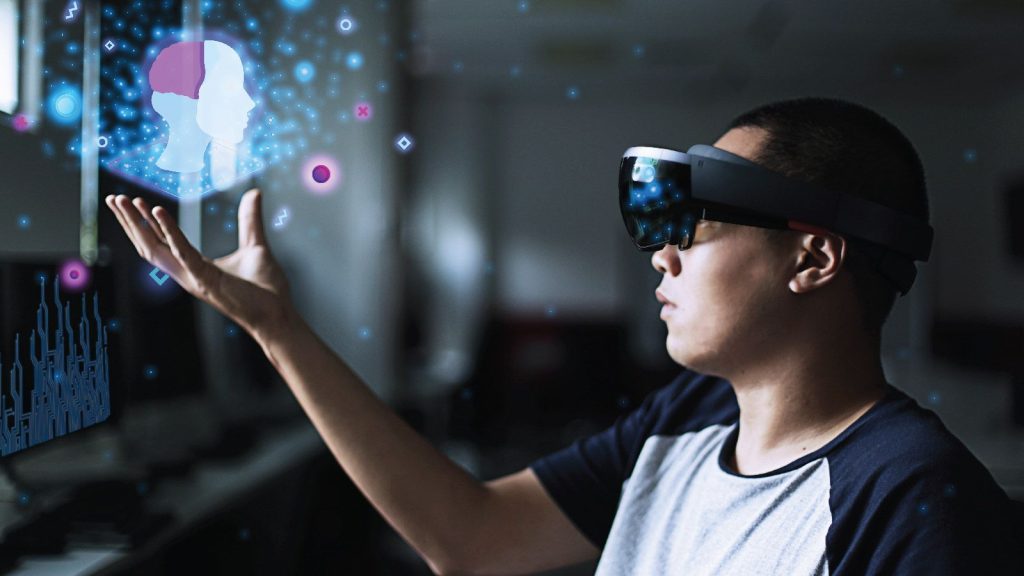
Technology has always played a significant role in our lives, and with advancements in augmented reality (AR), the gaming industry has experienced a major transformation. Augmented reality technology overlays computer-generated elements onto real-world environments, allowing for a more immersive and interactive experience. One popular application of AR has been its integration into location-based games, revolutionizing the way people engage with gaming.
What are Location-Based Games?
Location-based games (LBGs) are a genre of games that utilize the player’s real-world location to trigger in-game events and challenges. These games leverage the GPS capabilities of smartphones and other devices to create a virtual layer on top of the real world. Players must physically move to different locations to progress in the game, creating a unique and dynamic gaming experience.
The Rise of Augmented Reality in Gaming
Augmented reality has brought a new level of interactivity and excitement to location-based games. Traditional LBGs relied solely on GPS to determine a player’s location, but with the integration of AR, the gaming experience has become even more immersive. AR allows game developers to superimpose virtual objects, characters, and challenges onto the player’s physical surroundings, blending the boundaries between the real and virtual world.
For example, popular games like Pokemon Go have utilized AR technology to allow players to capture and collect virtual creatures that appear in real-world locations. This integration of AR has not only increased the engagement of players but also created unique opportunities for social interactions, as players can team up to tackle challenges together in real-world settings.
The Benefits of Augmented Reality in Location-Based Games
1. Enhanced Immersion: AR technology creates a more immersive gaming experience by seamlessly merging the real and virtual worlds. Players can see virtual objects and characters integrated into their environment, elevating their sense of presence and engagement.
2. Real-World Exploration: Location-based games already encourage players to explore their surroundings, but with AR, the exploration becomes even more enticing. Players can discover hidden treasures, interact with virtual characters, and uncover secrets within the real-world environment.
3. Social Interaction: With AR, location-based games enable social interactions among players. Exploring a game together, teaming up to complete challenges, and sharing experiences in real-world settings fosters a sense of community and camaraderie among players.
4. Exercise and Physical Activity: Encouraging physical movement and exercise, location-based games with AR integration promote a healthier lifestyle. Players are motivated to explore their surroundings, leading to increased physical activity and outdoor engagement.
Challenges and Future Opportunities
Despite the many benefits, integrating AR into location-based games does come with its challenges. The technology is continually evolving, and developers must ensure smooth gameplay, accurate mapping of virtual objects, and minimal technical glitches. Additionally, optimizing battery life and data consumption remains a significant concern, as AR requires extensive processing power and data to deliver a seamless experience.
Looking ahead, the future of augmented reality in location-based games looks promising. Advancements in AR technology, such as better object recognition and tracking, improved graphics rendering, and reduced hardware requirements, will enhance the gaming experience further. Moreover, incorporating artificial intelligence and machine learning algorithms can create more personalized and adaptive gameplay, tailoring the experience to each player’s preferences and abilities.
Conclusion
The integration of augmented reality in location-based games has revolutionized the gaming industry, providing players with a more immersive, interactive, and engaging experience. Augmented reality adds a virtual layer to the real-world, enabling players to explore, interact, and compete in unique and dynamic ways. With advancements in technology and ongoing innovation, the future of AR in location-based games holds incredible potential to create extraordinary gaming experiences.


